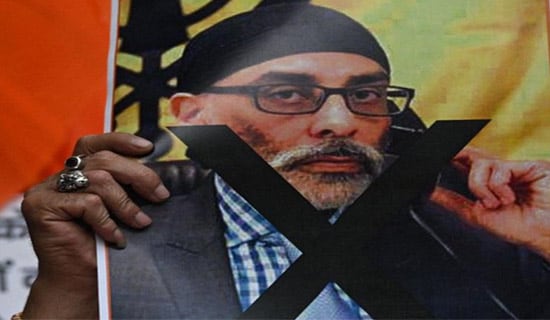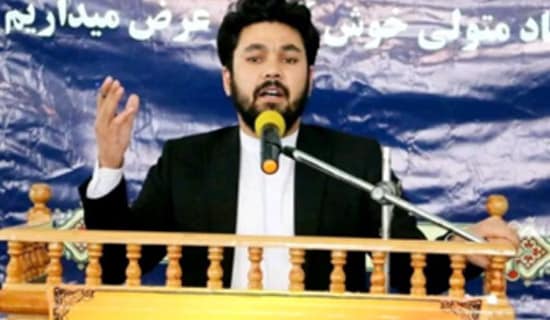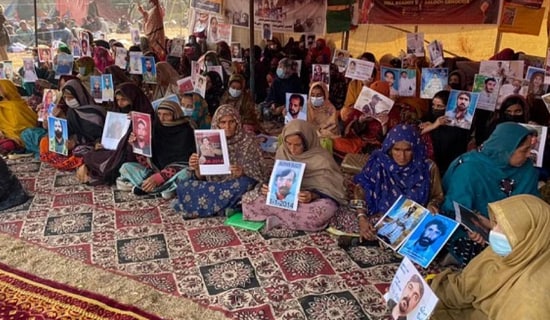Introduction
Oligarchy is a government in which a small group exercises control, especially for corrupt and selfish purposes. In Saudi Arabia, the few are the royal princes who are descendents of the founder of the modern Saudi Kingdom, King Abd Al-Aziz bin Sa'ud who, upon his death in 1953, left behind 44 sons (and an uncounted number of daughters) by 17 wives.
The Saudi royal oligarchy[1] is a unique and unprecedented form of oligarchy, whose members are connected through a bloodline to Saudi Arabia's polygamous founder. The ruling princes have treated the country's wealth of oil as their personal domain and some have made themselves famous, or notorious, for their extravagant life style and uncontrolled squandering of national assets.
According to the United Nations Development Program the gross domestic product (GDP) per capita of Saudi Arabia declined from $18,604 in 1980 to $10,815 in 1999.[2] In real terms, factoring inflation, GDP per capita in 1999 was merely $6,900.[3] By the Saudi's own admission, foreign workers in Saudi Arabia, estimated at about 4 million, including an army of servants, maids, chauffeurs and other service workers, have transferred approximately $70 billion to their home countries in the last five years.[4]
The Succession of Power
Modern Saudi Arabia was founded by King bin Sa'ud in 1932. Since bin Sa'ud's death, the throne has been held, successively, by four of his sons. The crown first passed to bin Sa'ud's eldest son, Sa'ud, who was succeeded by Faisal in 1964. Khalid succeeded Faisal when the latter was assassinated by a nephew in 1975; Khalid was succeeded in 1982 by Fahd, who continues to rule as king to the present day.
The heir to the Saudi throne is selected by the royal family through a secretive process. The chosen heir is given the title of "crown prince" and holds the position of first deputy prime minister in the king's cabinet until such time as he becomes king. Presently, Prince Abdallah bin Abd Al-Aziz is the crown prince. Should he become king, he would be the fifth son of the family patriarch, bin-Sa'ud, to succeed to the throne.
King Fahd has appointed his six full brothers—who, along with Fahd, are known as the "Sudairi Seven"-- to the most powerful positions in the kingdom:[5]
Fahd bin Abd Al-Aziz - King
Abd Al-Rahman biin Abd Al-Aziz - Deputy Minister of Defense
Salman bin Abd Al-Aziz - Emir of Riyadh
Ahmad bin Abd Al-Aziz - Deputy Minister of Interior
Turki bin Abd Al-Aziz - Deputy Commander of the National Guard
Sultan bin Abd Al-Aziz - Second Deputy Prime Minister and Minister of Defense
Na'if bin Abd Al-Aziz - Minister of Interior and responsible for the 13 provinces of Saudi Arabia
Turki bin Abd Al-Aziz - Deputy Commander of the National Guard
SUPPORT OUR WORK

The Sudairi Seven are the heart of the Saudi Royal oligarchy. They are supported by a coterie of royal princes, most of whom are either the children or descendents of one of the four kings who ruled Saudi Arabia in the last 70 years. Some of these princes, such as the governors of the provinces are very powerful figures at the sub-national level. Indeed, a province is referred to as "Imara" or principality headed by an Emir (prince) who maintains ultimate authority over his principality. In the absence of elected bodies and public accountability the prince's authority is supreme. Other princes control key security-related ministries, such defense and interior, as well as the national guard.
The two exceptions are the Ministry of Finance and the Ministry of Oil, each of which has traditionally been headed by a non-royal. In the case of the Ministry of Finance, it is possible that this arrangement has been agreed upon by the oligarchy itself to prevent any of the competing princes or his immediate family from controlling the finances of the kingdom. While the kingdom has a budget approved by the cabinet, there appears to be no strict control over expenditures, if judged by the frequency with which the king or one of the senior princes makes donations to causes big or small. While oil is the primary source of revenues for the kingdom, the Ministry of Oil is also retained by a non-royal. From the Saudi perspective, it is a technical ministry, and all the political decisions regarding, for example, the levels of supply which affect the pricing of oil or the positions to be taken at OPEC meetings, are made by the king or his deputy.
The seven brothers still hold the majority of political power. However, six of the brothers are in their 70s and King Fahd himself is 82. It stands to reason that in the not too distant future, a new generation of princes, including Prince Bandar bin Sultan, the Saudi Ambassador to the United States, will compete for the top positions of power, and the competition could be destabilizing and, perhaps, even brutal.
Princes in Business
There are many princes who have made a fortune in business, often state-related or state-sponsored, e.g., huge construction contracts or state-supported monopolies. However, these princes are hardly covered in the newspapers except for Prince Walid bin Talal who happens to be one of the wealthiest men in the world.
Attachments: Charts of the royal oligarchy:
- CHART I The Monarch and His Deputies
- CHART II Royal Members of the Cabinet and their Deputies/Assistants
- CHART III The Structure of Sub-National Government (Imarat or Principalities) *
- CHART IV Princes in Other Public Positions
- CHART II Royal Members of the Cabinet and their Deputies/Assistants
*Dr. Nimrod Raphaeli is Senior Analyst of MEMRI's Middle East Economic Studies Program.
[1] The preparation of the charts is based on extensive examination of Saudi daily newspapers -- in particular two, Okaz and Al-Riyadh—which enabled us to piece together a basic organizational chart of the Saudi Royal oligarchy and the key ministries, principalities, and agencies they directly control. The attached charts are quite complete as far as the highest echelons of power are concerned. They include the names of 66 princes (plus the king) most often mentioned in the newspapers in connection with their duties or when they perform ceremonial functions, such as attending receptions or departures at the airports for the king or for one of the senior princes. They may be mentioned if they required medical treatment abroad. They may also be mentioned if they make a donation or in full-page newspaper "notes of gratitude and appreciation" when one or more of the leading princes offer condolences to a bereaved family, normally a wealthy and/or important family which can afford to pay for the expansive "thank you" note. The charts provide a visual evidence of the pervasiveness of the Saudi royal oligarchy over all commanding aspects of the Saudi state. The charts provide a picture of the extent to which an oligarchy of fewer than six dozen princes, accountable only to themselves, control the lives and well-being of 22 million Saudis. Again, with the exception of the Ministers of Finance and Oil the other ministers receive but a cursory and infrequent mention in the Saudi papers.
[2] UNDP, Human Development Report, Oxford University Press, 2001, p. 179.
[3] World Bank Atlas, 2001, p.45.




